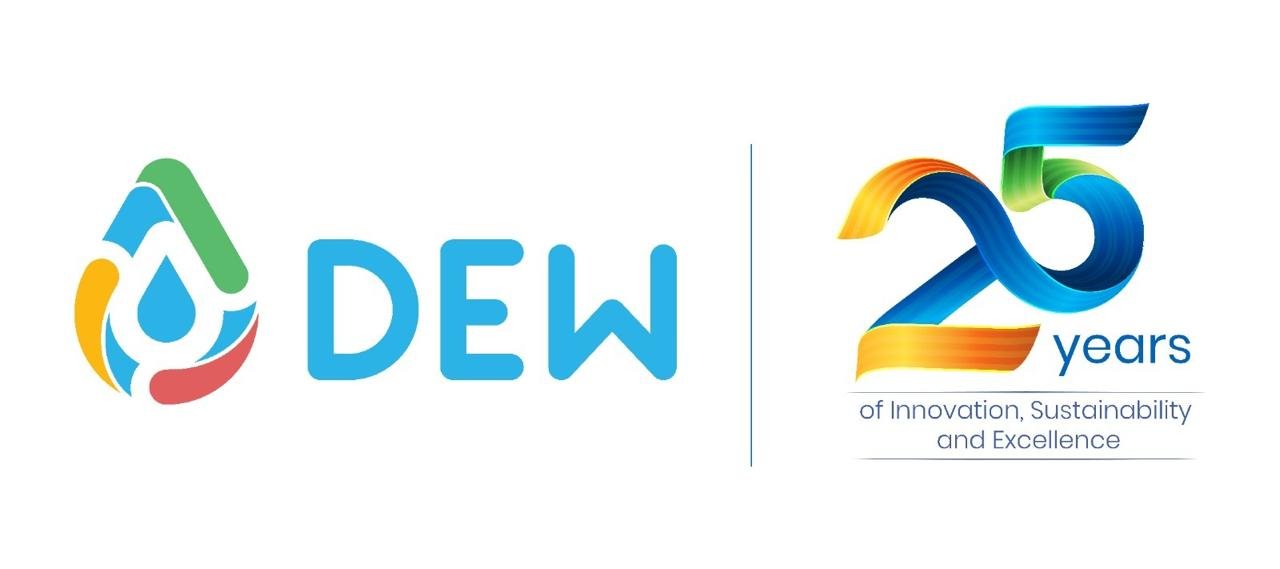Water scarcity is a pressing global issue exacerbated by climate change and rapid population growth. However, innovative solutions like industrial and municipal water reclamation and reuse offer hope in addressing this crisis. Dew is at the forefront of this movement, providing proven technologies to reclaim and reuse wastewater, thereby saving costs, creating new revenue streams, and promoting environmental sustainability.
Water reuse involves utilizing treated wastewater for various beneficial purposes such as agricultural irrigation, industrial processes, and replenishing groundwater. With Dew’s expertise and reliable technologies, industries can safely recover wastewater and harness its potential for agricultural and industrial applications, contributing to both economic and environmental objectives.
Key Factors Driving Membrane Technology in Water Recycling:
Government Regulations: Stricter regulations on water quality necessitate advanced treatment processes. Membrane technology enables effective removal of pathogens without generating harmful by-products, aligning with stringent regulatory requirements.
Water Reuse: Wastewater is increasingly recognized as a valuable resource, particularly in water-stressed regions. Membrane processes, including nanofiltration (NF) and reverse osmosis (RO), are ideal for recycling water due to their versatility and efficiency.
Proven Performance: Over the past 50 years, membrane technology has demonstrated its effectiveness in challenging water and wastewater treatment applications. Microfiltration (MF) and ultrafiltration (UF) processes efficiently remove contaminants, including colloids, bacteria, viruses, and organic compounds.
Basic Principles
Membranes are semi-permeable thin barrier sheets. Synthetic membranes are used to remove different solutions and particles in the water recycling process.
Nanofiltration (NF) and reverse osmosis (RO) as well as microfiltration (MF) and ultrafiltration (UF) are often described as being pressure processes.
MF is a direct continuation of conventional filtration that makes it possible to remove particles smaller than a micron such as colloids and bacteria.
UF goes even further. Thanks to this process viruses and heavy molecular organic compounds can be removed.
These two processes use a straining technique and therefore separation depends on the size of the pores and which species are chosen, while in NF and RO the pores are not visible.
The retention level for inorganic and organic solutions depends on their solubility and their diffusivity in the membrane. Retention also depends to a large extent on the net charge on the membrane surface.
Reverse osmosis (RO)
RO can only occur at higher pressures than those of the osmotic pressures of feed water.While the osmotic pressure of brackish water is relatively low (1.4 and 3.4 bars for 4.0 g/l of calcium sulphate and sodium chloride solution), that of seawater is relatively high (27 bars for 35 g/l of sodium chloride).
Electro dialysis (EDI)
EDI is a fundamentally different process. Rather than have the water pass through the membrane, the ions are transported through the membrane under the influence of an electric potential. Micro-porous positive and negative membranes are alternatively filled with electrodes in order to specify which columns will be enriched with or depleted of salts. ED’s role is limited to the removal of ionic species.
There is also a modified version of ED, called “electrodialysis reversal” which consists of reversing the polarity of the electrodes at various frequencies in order to minimize scaling and clogging.
Recycling and Reuse
The conversion rate is a concept that applies to all membrane processes. This is the fraction of feed water converted into treated water. Nowadays it is common to have several stages membrane based plant to recycle 90% of water and zero liquid discharge systems.

